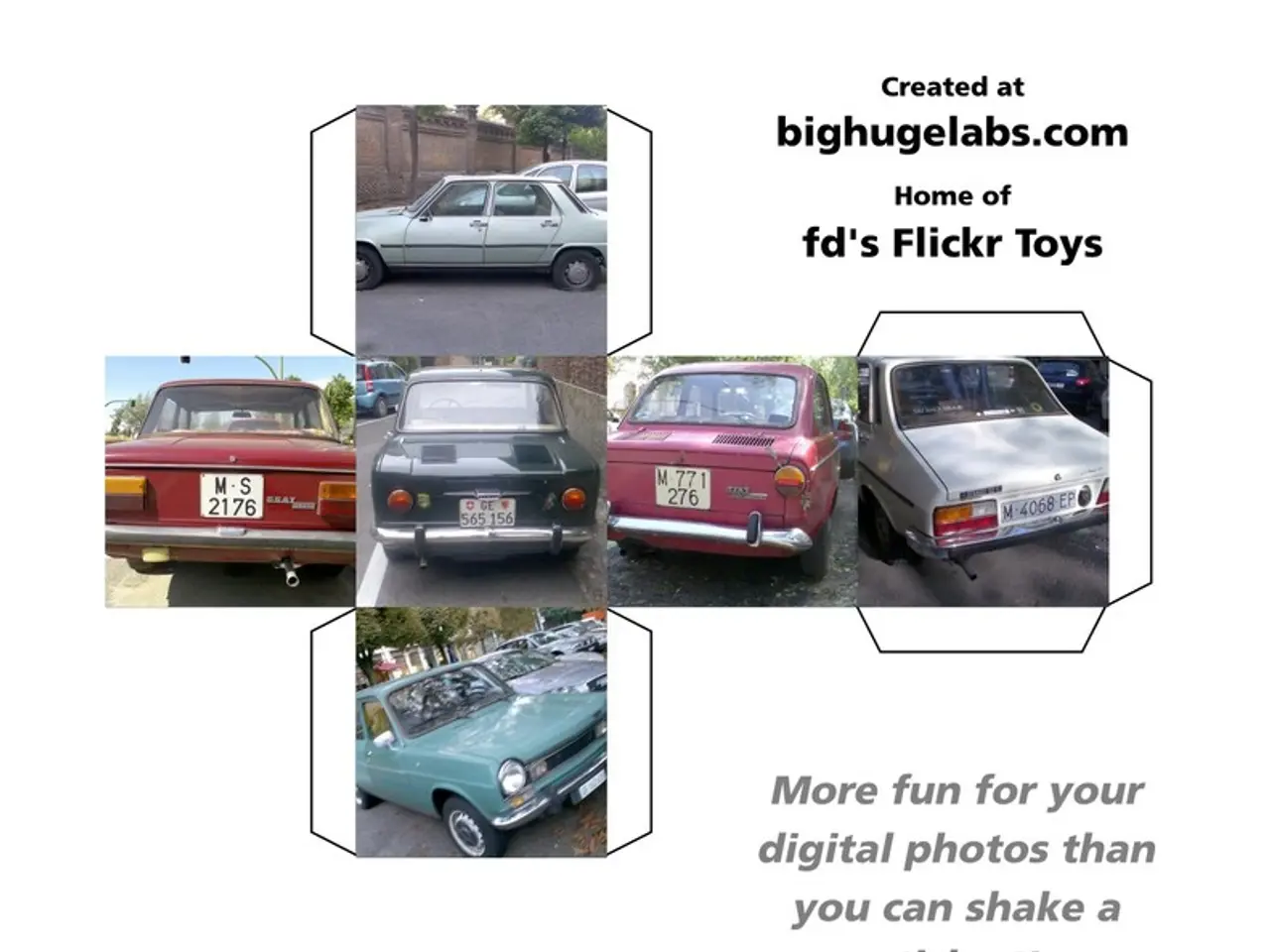Solutions to Reducing the Cost of New Vehicles
In a recent study, it has been revealed that the surge in new car prices across Europe is causing a significant issue for consumers, particularly those in the lower and middle classes. The study, conducted by Institut Mobilités en Transition and C-Ways, attributes the price surge to three key components: rising costs of raw materials, energy, and wages (6%), manufacturers shifting to higher-priced vehicle ranges (12%), and electrification strategies to meet EU emission standards (6%).
The study indicates that new cars have become too expensive for some consumers due to the price surge. This trend is not limited to France, but is a Europe-wide concern. In France, for instance, new car prices increased by €6,800 between 2020 and 2024, a 24% increase to approximately €35,000 (incl. VAT). This increase has resulted in a drop in sales, with 2.21 million cars sold in 2019 and 1.72 million in 2024, a 22% decrease.
Automotive manufacturers blame higher raw material costs, increased energy prices (especially for gas and electricity), CO2 pricing, and supply chain disruptions for the price increase of new cars in Europe. However, half of the price increase is due to the strategic choices of the manufacturers themselves. These choices include investing in electrification, advanced technology, and limiting production volumes to manage costs and transition to greener vehicles.
The study suggests that the rising prices have strained the ability of consumers to afford new cars, leading to delayed consumer vehicle renewals and an ageing vehicle stock. This is a concern as it could potentially hinder the energy transition. The study concludes that continued vehicle price increases are not inevitable and that the trend must be reversed to prevent endangering the energy transition.
The study proposes several solutions to make new cars affordable again, but further details about these solutions were not provided. These solutions include creating tax incentives and targeted public procurement policies to stimulate the smaller car segments, including smaller EVs. The study also suggests creating a regulatory framework that favours ultra-affordable vehicles, as seen in Japan's 'kei cars'.
Electrification strategies are necessary to meet EU's vehicle emission standards, and they account for 6% of the price increase. Despite this, EVs are struggling to get above 25% market share, due in large part to their high price. The study suggests that the higher price of EVs is primarily due to their introduction in the higher price segments, amplifying the price difference.
The study's findings could have a significant impact on the automotive market in Europe as a whole. Making new cars affordable again is key to solving the issue, but it will require important political choices. The study underscores that the continued rise in new car prices is a crisis that must be addressed to ensure the success of the energy transition and the affordability of new cars for all consumers.








